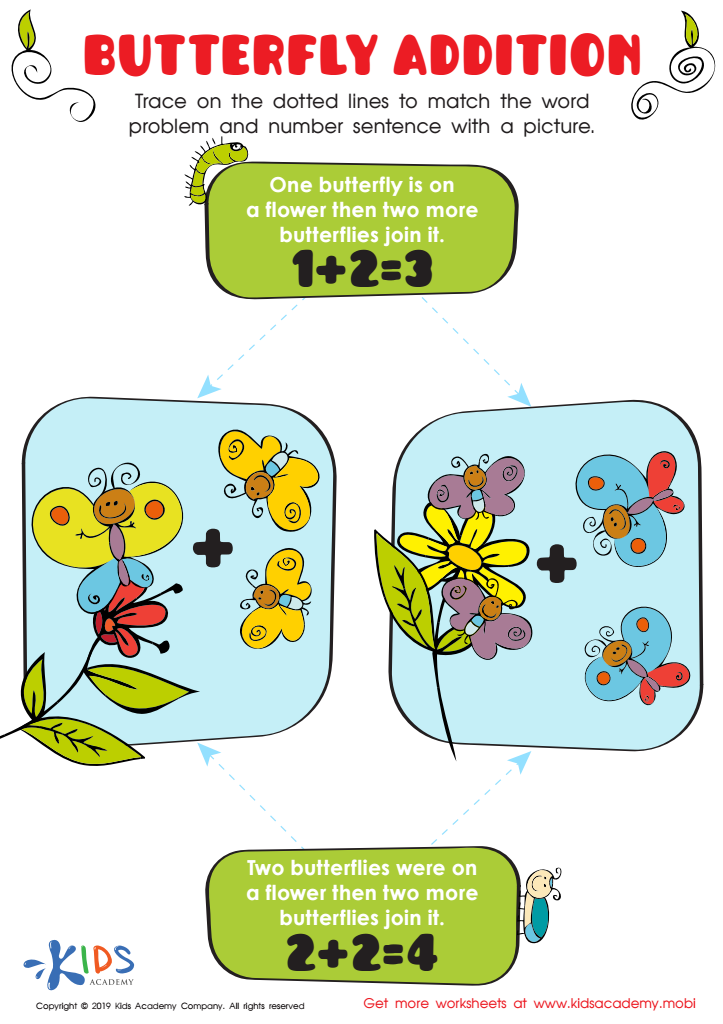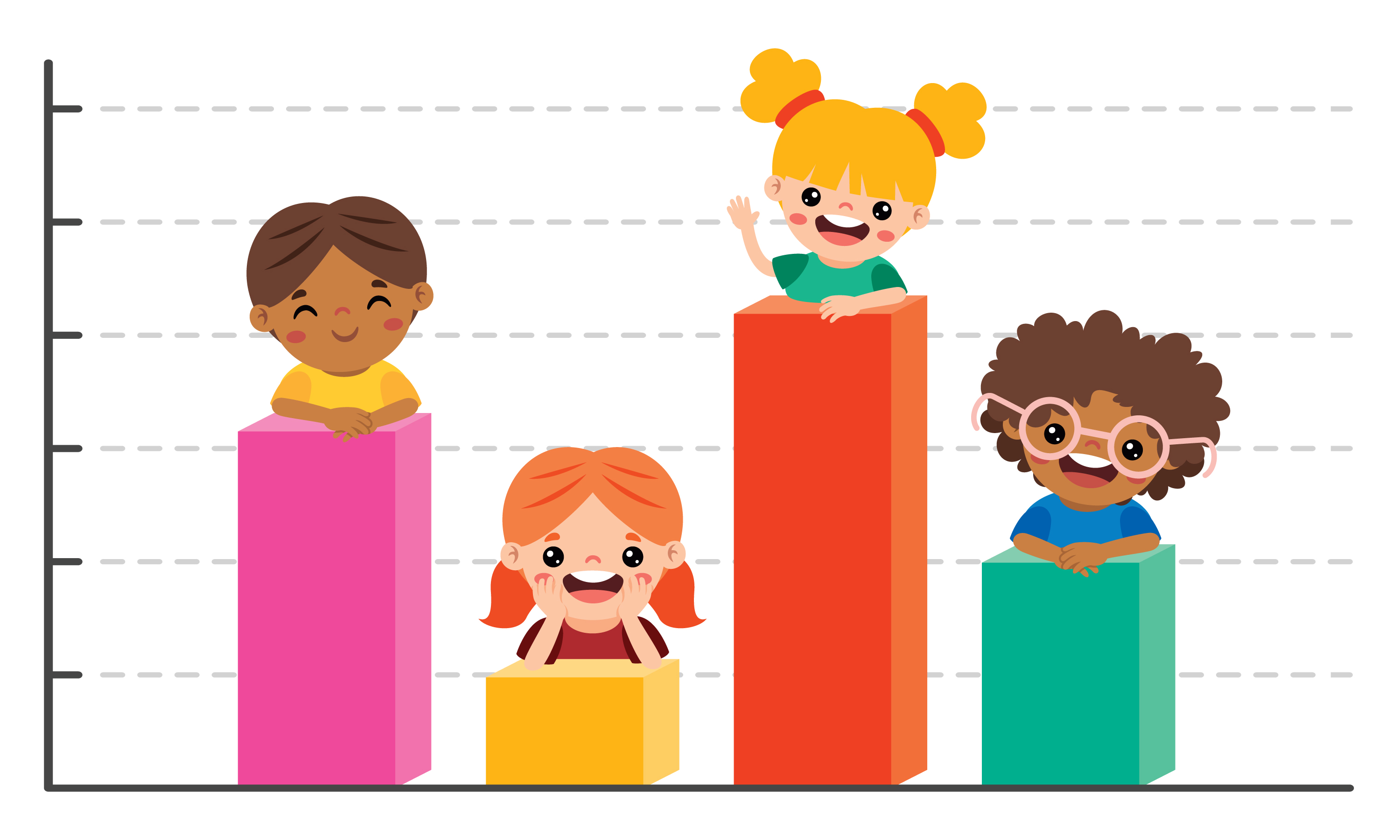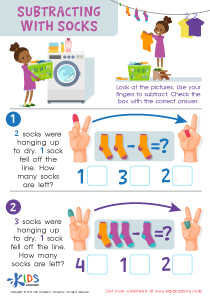Visual Learning Easy Kindergarten Addition and Subtraction Word Problems Worksheets
3 filtered results
-
From - To
Enhance your child's math skills with our "Visual Learning Easy Kindergarten Addition and Subtraction Word Problems Worksheets." These engaging worksheets are designed specifically for young learners, incorporating colorful visuals and relatable scenarios to facilitate understanding of basic arithmetic concepts. By relying on visual elements, children can better grasp the relationships between numbers, making problem-solving a fun and intuitive experience. Each worksheet helps reinforce addition and subtraction concepts through interactive word problems connected to real-life situations, fostering critical thinking skills and boosting confidence. Perfect for teachers and parents, these worksheets promote a love for math while providing essential early mathematical skills.


Butterfly Addition Worksheet


Subtracting Socks Worksheet


Addition at the Zoo Worksheet
Parents and teachers should care about visual learning in kindergarten, especially regarding addition and subtraction word problems, because it lays a crucial foundation for mathematical understanding. Visual learning engages young learners by using pictures, diagrams, and tangible objects to represent mathematical concepts. This approach not only makes abstract ideas more concrete but also caters to different learning styles, ensuring that all children have access to understanding.
Incorporating visual elements in addition and subtraction helps students grasp the concept of quantity and number relationships more effectively. Word problems presented visually allow children to decode mathematical language while linking stories to numerical ideas, increasing engagement and motivation.
Moreover, mastering these fundamental arithmetic skills is vital, as they serve as building blocks for more advanced mathematics in the future. Early positive experiences with math can reduce anxiety and build confidence, key factors for long-term success.
Ultimately, visual learning strategies not only enhance cognitive development and problem-solving abilities but also foster a love for learning. By prioritizing these methods, parents and teachers can create a supportive environment that encourages exploration, creativity, and critical thinking among young learners.
 Assign to My Students
Assign to My Students















